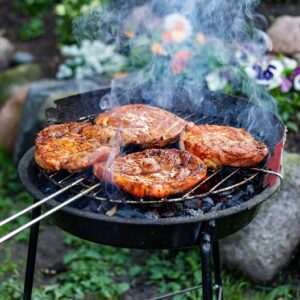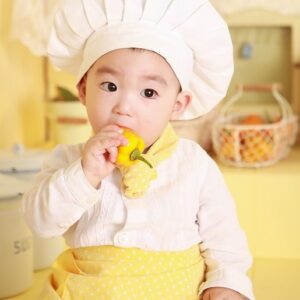The steps in the recipe development process include:

- Conceptualization: The process begins with the recipe creator coming up with an idea for a dish at this stage. This may be motivated by a certain cuisine component, a meal from another culture a current food trend or even a client request.
- Research: The recipe creator conducts research on comparable foods and ingredients in this step to find ideas and inspiration for the new recipe. They also look at the ingredients’ sources seasonality and nutritional worth.
- Testing and experimentation: To build a prototype of the food, the recipe developer starts experimenting with ingredients and cooking techniques. Depending on the recipe’s flavour texture and appearance changes will be made.
- Editing and refining: Following multiple iterations of testing and experimenting, the recipe creator will polish it off by making any necessary changes to the ingredients, preparation techniques and presentation. The recipe is also edited at this stage to ensure its consistency and clarity.
- Documentation: Once the recipe is complete it is a record including all ingredients, preparation instructions & dietary data. A written recipe, a video recipe or even an interactive recipe can be used for this.
- Recipe testing and validation: It’s crucial to test the recipe a second time to make sure it can be made consistently and that it complies with any dietary restrictions or rules. This is done before publishing or serving it.
- Sharing and publishing: Following the recipe’s approval it may be distributed to others. This can be done by sharing it with other cooks in a restaurant or by publishing it in a book, magazine or website.
The process of developing recipes can be time-consuming and iterative but it is necessary to produce delicious, high-quality food consistently. It calls for imagination experimentation and the capacity to modify and improve a recipe in response to criticism and testing.









